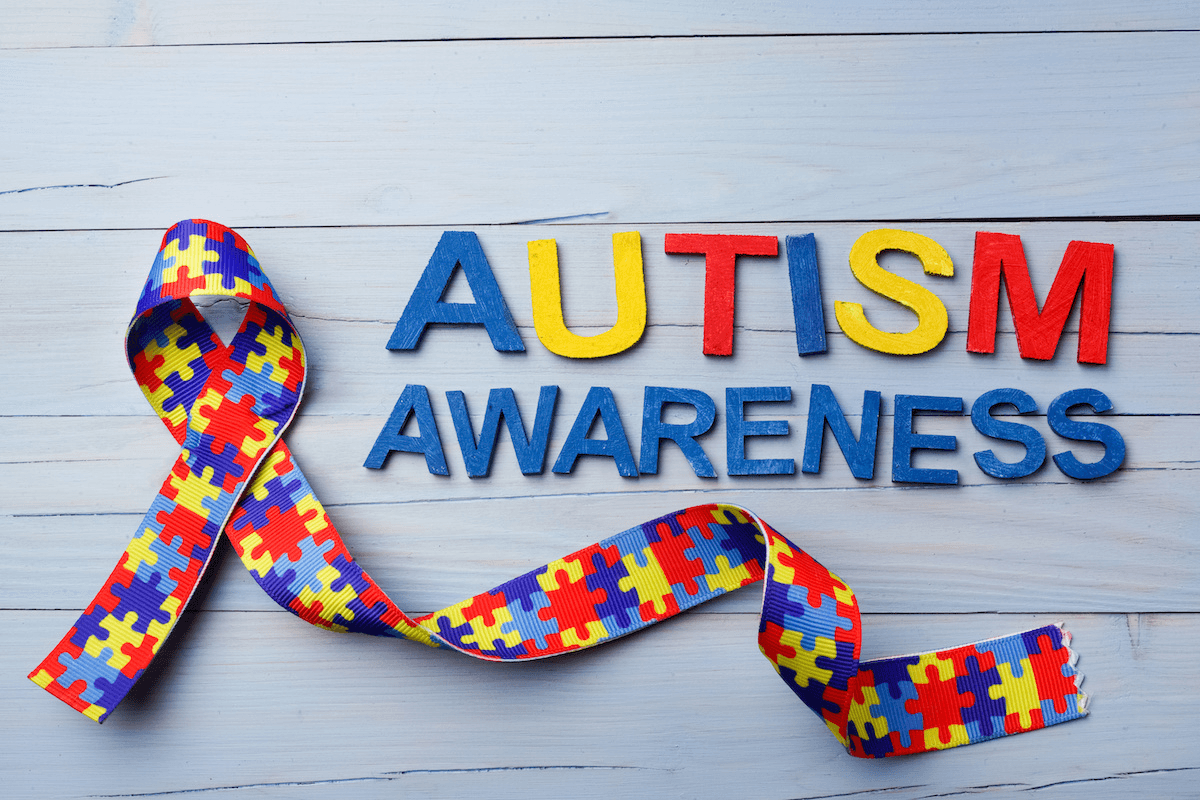A lisp is a speech difference where certain sounds, particularly /s/ and /z/, are misarticulated due to incorrect tongue placement. There are different types of lisps, including:
- Frontal (interdental) lisp – when the tongue pushes forward between the front teeth, making /s/ and /z/ sound more like /th/.
- Lateral lisp – when air escapes over the sides of the tongue, causing /s/ and /z/ to sound "slushy" or unclear.
- Palatal lisp – when the tongue contacts the roof of the mouth too far back, distorting the /s/ and /z/ sounds.
- Dentalised lisp – when the tongue pushes against the teeth, slightly distorting the airflow for /s/ and /z/.
While some children naturally outgrow lisps, others require support to develop clear speech. Orofacial myology, also known as myofunctional therapy, is a specialised approach that helps address the underlying muscle and tongue function issues contributing to lisps.
What Causes a Lisp?
A lisp occurs when the tongue placement during speech affects the production of certain sounds. Several factors can contribute to the development of a lisp, including:
- Tongue thrust – when the tongue pushes forward against or between the teeth while speaking or swallowing.
- Weak tongue or lip muscles – difficulty maintaining proper tongue posture or lip closure.
- Mouth breathing – habitual breathing through the mouth instead of the nose, which can impact oral muscle development.
- Prolonged dummy (pacifier) use or thumb sucking – these habits can alter tongue posture and oral muscle function.
- Dental structure differences – conditions like open bites or overbites can influence tongue position during speech.
How Orofacial Myofunctional Therapy Helps with Lisps
Orofacial myology focuses on retraining the muscles of the tongue, lips, and jaw to support proper articulation. This therapy helps address the root causes of a lisp through targeted exercises and techniques.
1. Correcting Tongue Placement
Many children with lisps position their tongue too far forward, causing sounds like /s/ and /z/ to be produced incorrectly. Myofunctional therapy helps teach correct tongue posture, ensuring the tongue stays behind the teeth when producing these sounds.
2. Strengthening Oral Muscles
Lisps can result from weak tongue, lip, or jaw muscles. Orofacial exercises help build the necessary strength and coordination for clearer speech.
3. Eliminating Tongue Thrust
Tongue thrust is a common cause of lisps. Through myofunctional therapy, children learn proper swallowing techniques and tongue posture, which support accurate speech production.
4. Encouraging Nasal Breathing
Mouth breathing can lead to poor tongue posture and weak oral muscles, which may contribute to a lisp. Orofacial myology promotes nasal breathing to enhance overall speech clarity and muscle function.
5. Addressing Oral Habits
Thumb sucking, prolonged dummy use, or excessive bottle feeding can shape oral structures in ways that contribute to lisps. Myofunctional therapy helps children transition away from these habits while strengthening the muscles needed for clear speech.
Who Can Benefit from Orofacial Myology?
Orofacial myofunctional therapy can support children and adults experiencing:
- Lisps (frontal, lateral, palatal, or dentalised)
- Tongue thrust impacting speech and swallowing
- Mouth breathing habits affecting oral muscle development
- Weak oral muscles impacting articulation
- Dental alignment issues related to tongue and lip posture
How Speech Pathologists Use Orofacial Myology in Therapy
A speech pathologist trained in orofacial myology assesses a child's muscle function, breathing patterns, and articulation. Therapy may include:
- Oral motor exercises to strengthen the tongue, lips, and jaw.
- Breathing techniques to encourage nasal breathing.
- Tongue placement training for clear articulation of speech sounds.
- Swallowing exercises to prevent tongue thrust.
- Speech tasks integrated into everyday activities to reinforce progress.
Early Intervention for Long-Term Speech Clarity
Addressing the underlying causes of a lisp early can lead to lasting improvements in speech clarity, muscle coordination, and overall oral function. If a child struggles with a persistent lisp despite traditional speech therapy, incorporating orofacial myology can provide additional support and long-term results.
Need Help with a Lisp?
If you're concerned about your child's lisp or would like to learn more about orofacial myofunctional therapy, contact us to schedule an assessment. Write to Speak can help determine the best approach for your child's needs.



